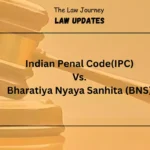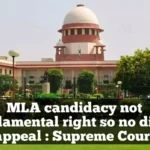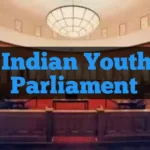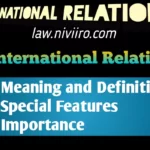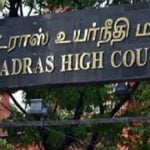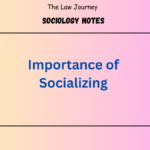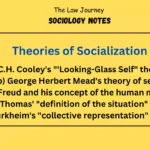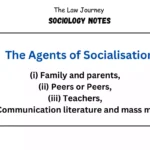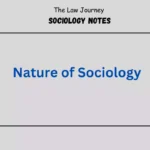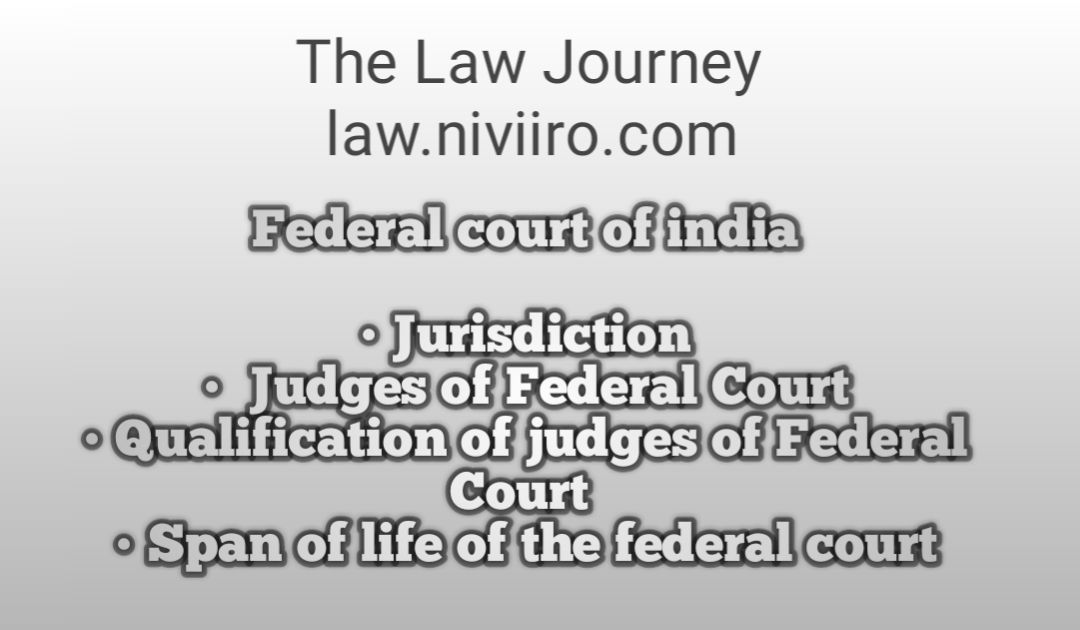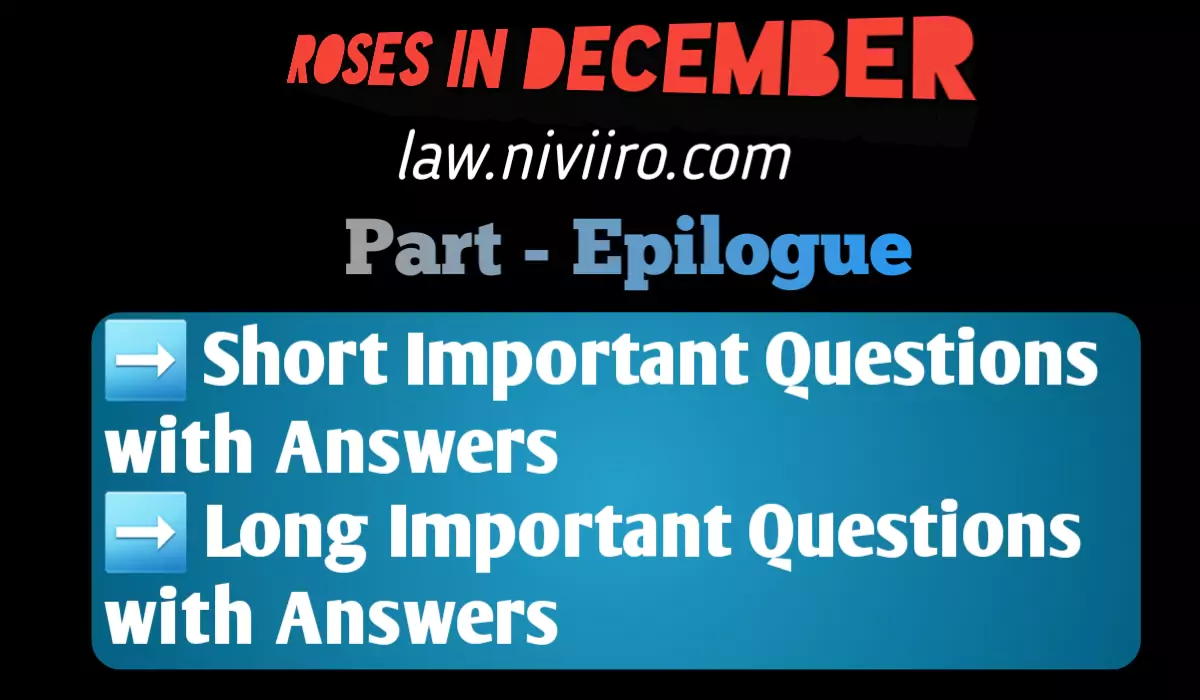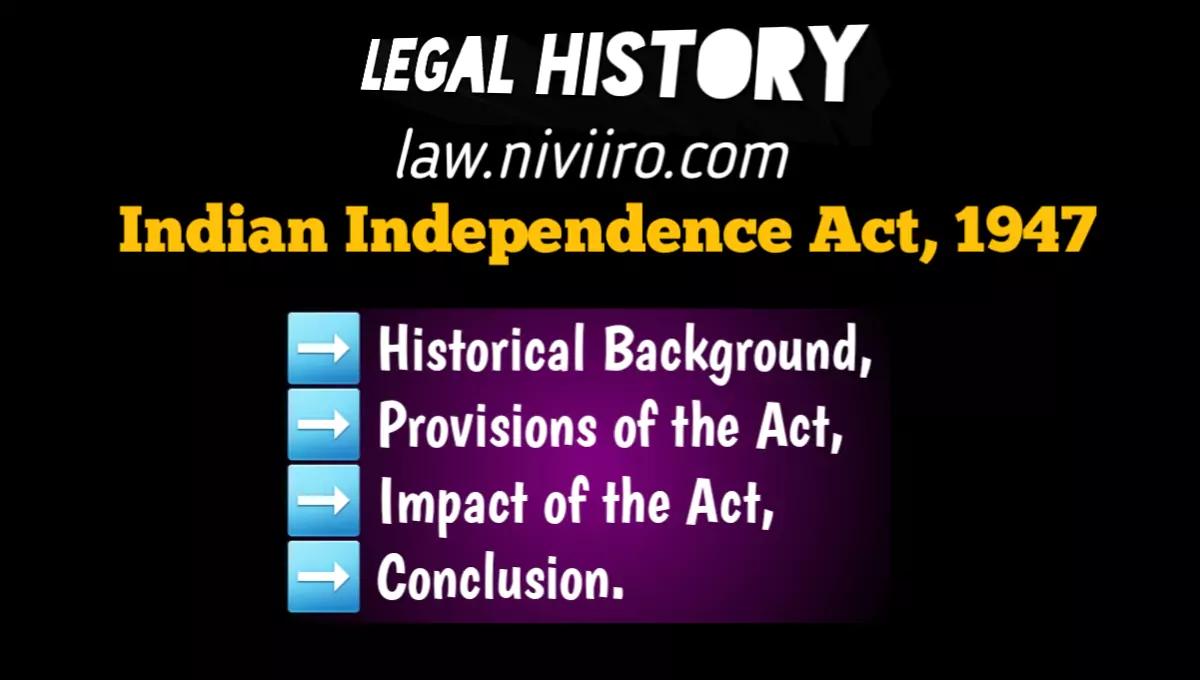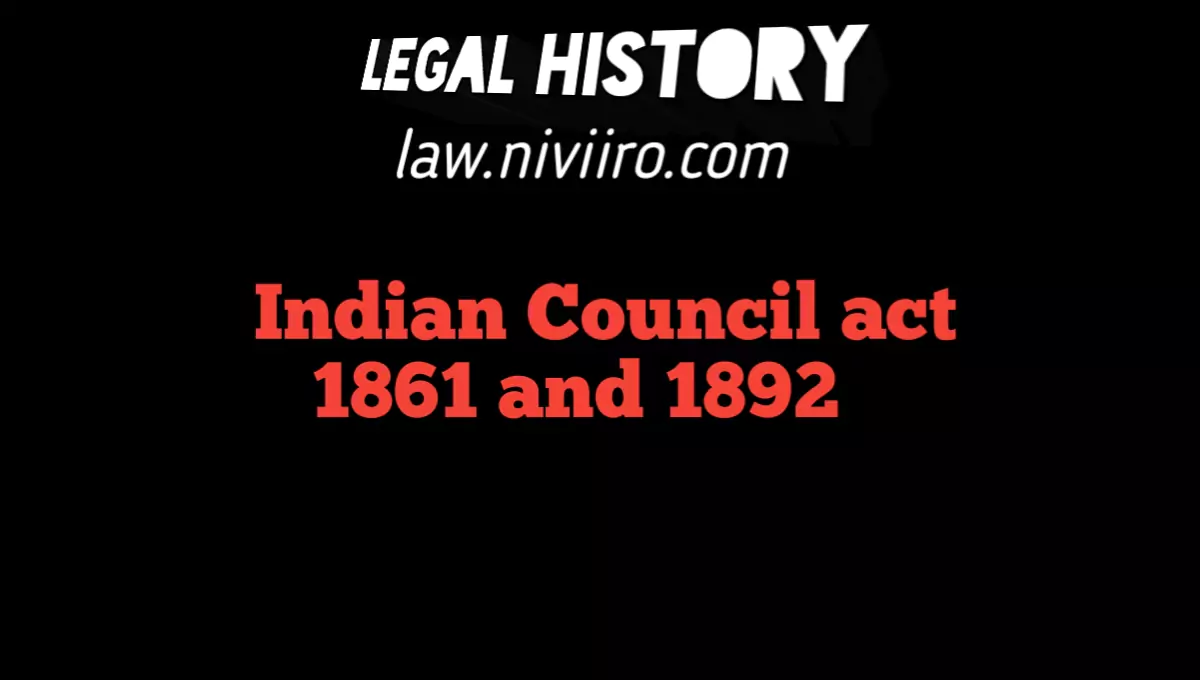Federal court of india,The Government of India Act, 1935 made provisions to establish a Federal Court in India. The Court was formally inaugurated on the 1st October, 1937. The Viceroy administered the oath of allegiance to the first 3 judges of the Court: Sir Maurice Gwyer (Chief Justice); and 2 puisne judges, Sir Shah Muhammad Sulaiman and M.R. Jayakar. The Court held its first sitting at New Delhi on 6th December, 1937.
Jurisdiction of Federal court | Federal court of india
The Federal Court had a very limited jurisdiction, it had an exclusive original jurisdiction to decide cases between the Centre and the constituent units, or amongst the units inter se.
The Court had advisory jurisdiction and therefore, the Governor- General could refer to it any legal question of public importance for consideration and opinion.
The Court had a very limited appellate jurisdiction from the High Courts. Appeals lay to the Federal Court from ‘any judgment, decree or final order of a High Court’, if the High Court certified that the case involved a substantial question of law as to the interpretation of the Government of India Act, 1935.
Appeals could go to the Privy Council from any judgement rendered by the Federal Court in the exercise of its original jurisdiction, or in other cases, by the leave of the Federal Court. In cases involving the interpretation of the Constitution, parties had first to go to the Federal Court in appeal from the High Courts and then they could go in appeal to the Privy Council. In all other cases, appeals from the High Courts continued to lie to the Privy Council.
Judges of Federal Court | Federal court of india
The judges of Federal Court were appointed by His Majesty. They were to remain in office till they reached the age of 65 years. A judge could be removed from the office for misbehaviour or infirmity of mind or body. In such an event, a reference was to be made to the Judicial Committee of the Privy Council and His Majesty was to act on its report.
Qualification of judges of Federal Court | Federal court of india
- 5 years’ experience as judge of High Court;
- 10 years’ standing as an advocate or Barrister;
- 10 years’ standing as a pleader in a High Court.
Span of life of the federal court | Federal court of india
Federal Court worked for a short period of 12 years, but it contributed as regards the evolution of federal constitutional jurisprudence in the country. On 26th January, 1950, the Federal Court was converted into the Supreme Court and all the Federal Court Judges became the Judges of the Supreme Court.
Related Post
when the Federal court was established in india ?
The Court was formally inaugurated on the 1st October, 1937.
Explain the jurisdiction of federal court ?
The Federal Court had a very limited jurisdiction, it had an exclusive original jurisdiction to decide cases between the Centre and the constituent units, or amongst the units inter se.
The Court had advisory jurisdiction and therefore, the Governor- General could refer to it any legal question of public importance for consideration and opinion……
what was the Qualification of judges of Federal Court ?
5 years’ experience as judge of High Court; 10 years’ standing as an advocate or Barrister; 10 years’ standing as a pleader in a High Court.
Expalain the Span of life of the federal court ?
Federal Court worked for a short period of 12 years, but it contributed as regards the evolution of federal constitutional jurisprudence in the country. On 26th January, 1950, the Federal Court was converted into the Supreme Court and all the Federal Court Judges became the Judges of the Supreme Court.
Refrences Book
- M. Rama Jois, Legal and Constitutional History of India
- Rankin G.C. Background to Indian Law
- M.P. Jain, Outlines of India Legal History
- Indian legal and constitutional history by Dr. N. V. Paranjape
- V.D. Kulshrestha, Landmarks in Indian Legal History
- A.B. Keith, Constitutional History of India

